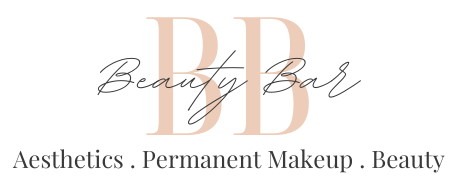Dermal Filler treatments in Hertfordshire
Professional Dermal Filler Treatments at Beauty Bar in Ware Hertfordshire
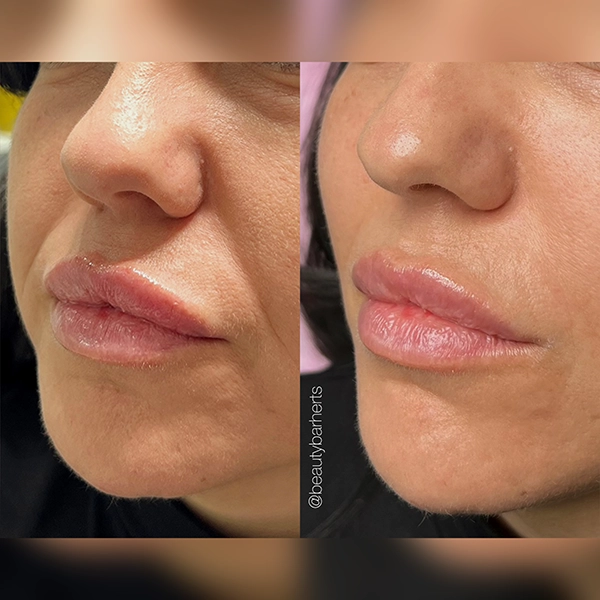
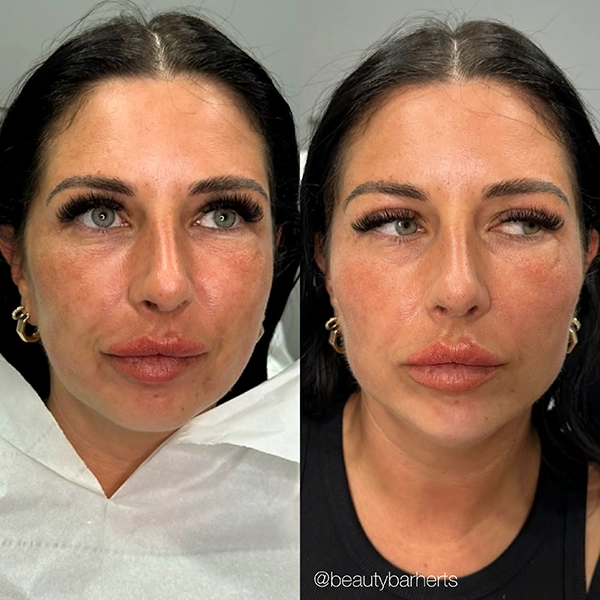
What is dermal filler?
Dermal filler is an injectable treatment designed to restore lost volume, smooth out wrinkles, and enhance facial contours. Most fillers use hyaluronic acid, which is naturally found in the human body. It helps retain moisture and keeps skin plump and soft. When injected, hyaluronic acid-based fillers can bring fullness back to areas like the face and hands.
Since hyaluronic acid is naturally present in the body, dermal fillers are well-tolerated, with low risk of adverse reactions. Fillers are particularly effective for addressing age-related volume loss in areas like the cheeks, nasolabial folds, and under the eyes, where natural fat and muscle volume decrease over time.
Filler or Botox?
While fillers add volume to smooth and shape the face, Botox relaxes the muscles responsible for wrinkles caused by expressions, like frown lines or crow’s feet. Used together or individually, these treatments provide targeted approaches to aging concerns.
Dermal filler treatments are quick – usually completed in a single session – and results can last from 9 months to over a year, depending on the product and treatment area. While generally safe, fillers can have some side effects, including bruising, swelling, and, in rare cases, allergic reactions or complications like vascular occlusion.
What areas can be treated with dermal fillers?
Dermal fillers can be used in several areas to restore volume, smooth wrinkles, and enhance natural contours.
Lip filler
Enhance volume, improve lip symmetry, and define lip shape.
Cheek filler
Lift and contour the mid-face, providing a subtle face-lifting effect.
Nasolabial Folds
Fill in deep creases running from the nose to the corners of the mouth.
Tear Trough
Reduce hollowness under the eyes, giving a more rested appearance.
Nose
Refine the nose shape, such as smoothing bumps or enhancing symmetry.
Jawline and Chin Filler
Improve definition and balance facial proportions.
Perioral and Periorbital Wrinkles
The blanching technique can soften fine lines around the mouth and eyes.
Hand Filler
Add volume to aging hands, making them look smoother and fuller.
Results are visible immediately after the injection. This quick and customisable approach helps achieve a refreshed, balanced look without surgery.

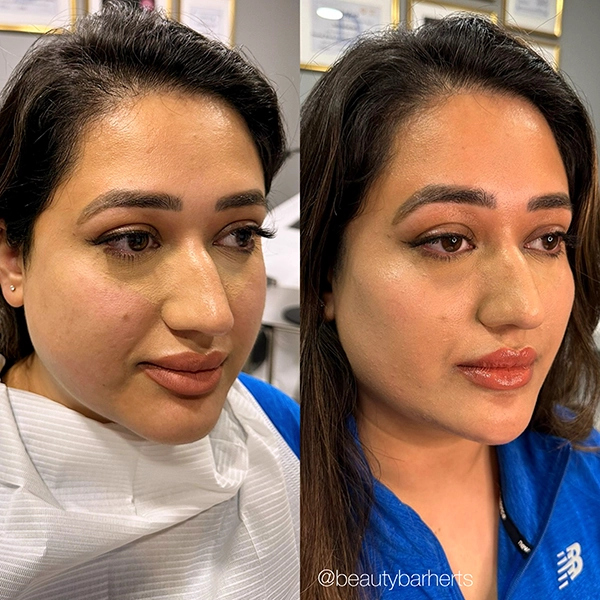
Different types of dermal filler.
Hyaluronic acid filler
Synthetic dermal fillers
Poly-L-lactic acid (PLLA)
Polymethylmethacrylate (PMMA)
Calcium hydroxylapatite
Autologous dermal filler
Another type of autologous filler is PRP platelet-rich plasma
What you need to know about dermal filler?
Risks and side effects of dermal fillers.
Dermal fillers used in aesthetics are considered safe. However, you should never choose the procedure because it’s cheaper or more convenient. If someone offers filler injections at a lower price, the quality of the product or skills may be insufficient.
All procedures must be performed in hygienic conditions. Towels, blankets and any other bed covers should be removed, regardless of how comfortable that is, equipment and products must be sterile and disposable.
Never buy dermal fillers yourself.
1. Swelling and bruising at the injection site are common but usually temporary.
2. Some redness, tenderness, or pain at the injection site may happen and typically subsides within a few days.
3. Allergy: While extremely rare, some people may experience allergic reactions to the filler or lidocaine in the filler.
4. Infections are a potential risk, although not very common. Following proper aftercare minimises this risk.
5. Lumps or Bumps may be felt in the first 2-4 weeks but usually subside on their own. Persistent ones may be corrected with a message.
6. Granulomas are small, firm lumps that may form in response to the filler. They can sometimes require treatment.
7. Nodules are like granulomas and can develop around the injection site.
8. Vascular Complications: Injecting filler into blood vessels can lead to serious complications, including tissue damage if the filler obstructs blood flow for longer. This is extremely rare and can be dissolved.
9. Migration: Filler may shift from the intended injection site over time. That can be caused by improper placement of the filler or for example an overactive muscle.
10. Overcorrection or Undercorrection: Getting the desired result may require an adjustment. Sometimes, additional filler may be needed, or existing filler may need to be dissolved.
Dermal filler contraindications
- A history of a severe allergic reaction or anaphylactic shock,
- Blood clotting disorders,
- Inflammatory skin conditions in the treatment area,
- Pregnancy and breastfeeding,
- Cancer and certain autoimmune diseases,
- Some chronic diseases,
- Keloid scarring.
- Aspirin, alcohol, non-steroidal anti-inflammatory drugs, or herbal supplements that may thin blood should be stopped a few days before the treatment.
- Steroid medication should be stopped 6 months before the treatment.
- Under 18s
Dermal filler aftercare
- Avoid vigorous physical activity for approximately 3 days.
- You should also avoid tanning and use a minimum SPF50 sunscreen.
- Do not massage or touch the treated areas for 24 hours after the procedure to avoid product migration and infections. In case of bruising, you can apply arnica cream.
- Avoid heat.
How long do dermal fillers last?
Is dermal filler treatment painful?
We use topical numbing cream to minimise pain during the procedure.
How much dermal filler treatments cost?
Location
Brand of Filler
Volume


Cheek filler - what to expect during your treatment?
Consultation
Appointment Preparation
Treatment
Instant Results
Minimal Downtime
Long-Lasting
Potential Side Effects
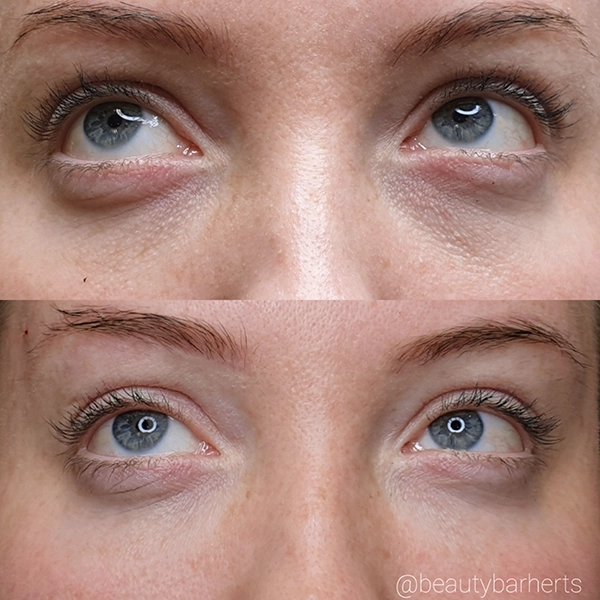
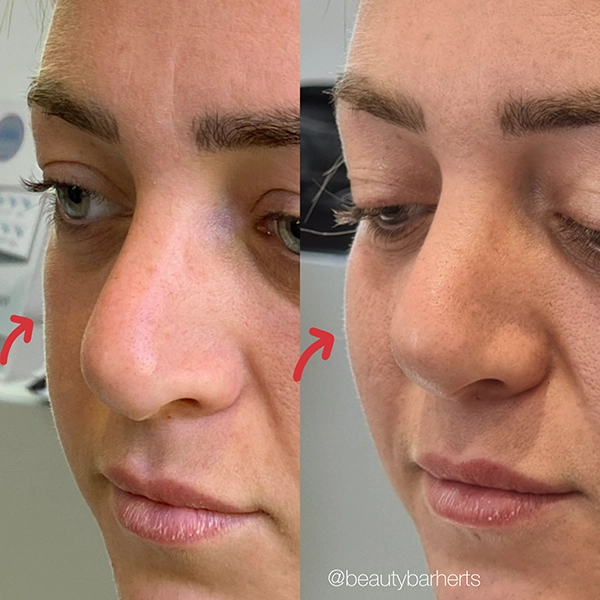
Can filler treatment be reversed?
Hyaluronidase

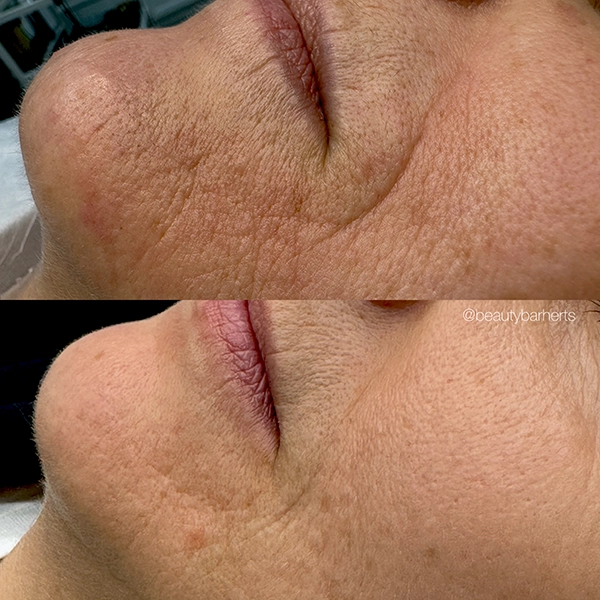
Benefits of dermal filler.
Restore Volume
Smooth Wrinkles and Fine Lines
Enhance Lips
Facial Contouring
Lift Sagging Skin
Revitalise Hands
Scar Correction
Non-Surgical Nose Job

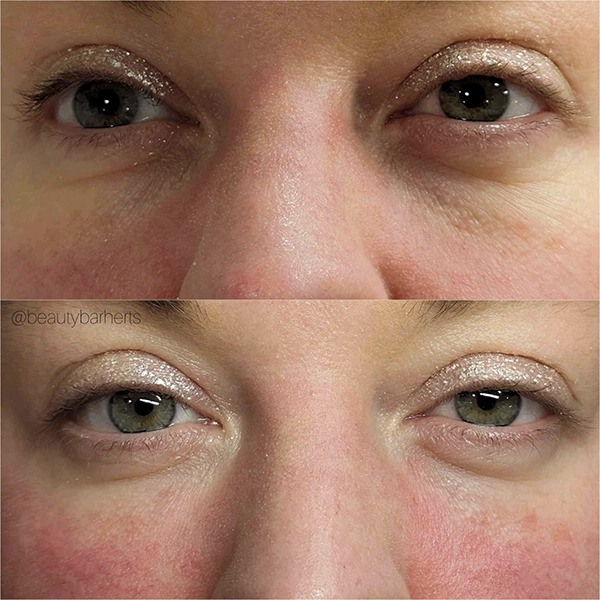
What is the difference between botox and fillers?
Purpose
- Botox (Botulinum Toxin): Botox is primarily used to reduce the look of dynamic wrinkles caused by muscle movements. It temporarily relaxes specific muscles, such as those between your brows responsible for frowning, these that raise your brows responsible for forehead wrinkles, or these around your lips responsible for the smoker’s lines.
- Dermal Fillers: Dermal fillers are used to add volume, plump the skin, and fill in static wrinkles or lines that are present even at rest. They can also enhance facial features like the cheeks and lips.
Mechanism of Action
- Botox: Botox works by blocking nerve signals to the muscles, preventing them from contracting and causing wrinkles. It’s intended for treating lines caused by muscle movement.
- Dermal Fillers: Fillers use various substances like hyaluronic acid, calcium hydroxylapatite, or poly-L-lactic acid to physically fill in and add volume to the skin, reducing the appearance of wrinkles and adding contour bu plumping i up.
Areas of Treatment
- Botox: Typically used on the upper face to address forehead lines, frown lines between the eyebrows, and crow’s feet, on the lower face for treating smoker’s lines, DAO, teeth grinding or gummy smile, and on the neck to address platysmal bands or trapezius muscle.
- Dermal Fillers: Applied to various areas of the face, including the cheeks, nasolabial folds, marionette lines, lips, and under-eye hollows tear trough.
Duration of Results
- Botox: Results from Botox usually last around 3 to 6 months.
- Dermal Fillers: The duration of results can vary depending on the type of filler used, but they often last from several months to over a year.
Onset of Results
- Botox: Results typically become noticeable within a few days, with the full effect showing after two weeks.
- Dermal Fillers: Results are usually seen immediately after the treatment.
Safety
- Both Botox and dermal fillers are considered safe when administered responsibly, but as everything they can have potential side effects and risks, which you can discuss with us before booking your appointment.


At what age shall I start getting dermal fillers?
Aging Process
Personal Needs
You must be 18 or older to receive any aesthetic treatments at Beauty Bar.


Can I get a natural look with dermal fillers at Beauty Bar in Ware?
We aim for natural dermal filler results.
We understand facial anatomy and can place the filler in a way that improves your features while maintaining balance and harmony.
Natural look with a gradual approach.
How dermal fillers reduce wrinkles and fine lines?
Fillers restore volume
Hydration Boost
Collagen Stimulation
Instant Results
Blanching
Blanching is an advanced technique that is used to treat and fill static wrinkles.
It uses a very fluid hyaluronic acid filler and superficial injections to create small, temporary white papules directly under the wrinkle, hence the name ‘blanching.’
These papules typically vanish straight away or within 1 to 2 hours.
Fast and Natural Results
Minimal Downtime and Customised Precision


Book Expert Dermal filler treatment in Hertfordshire and Essex.
Get natural, youthful results with dermal fillers at our clinic in Ware, Hertfordshire. We specialise in enhancing facial volume, smoothing wrinkles, and defining contours for clients from nearby areas like Hertford, Hoddesdon, Cheshunt, Broxbourne, Welwyn Garden City, Hatfield, Stevenage and Buntingford. Contact us to discover how dermal fillers can refresh your look.

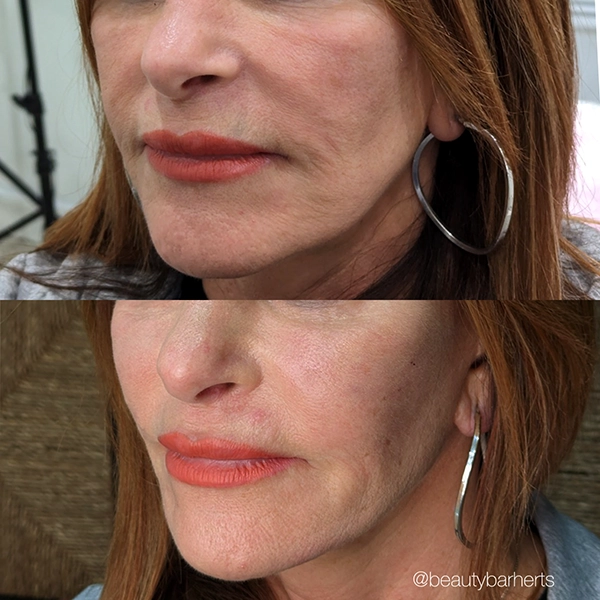

Book your Dermal Filler at Beauty Bar in Ware
Dermal Filler treatments in Hertfordshire and Essex
Contact us and take your first step by booking your dermal filler appointment.
